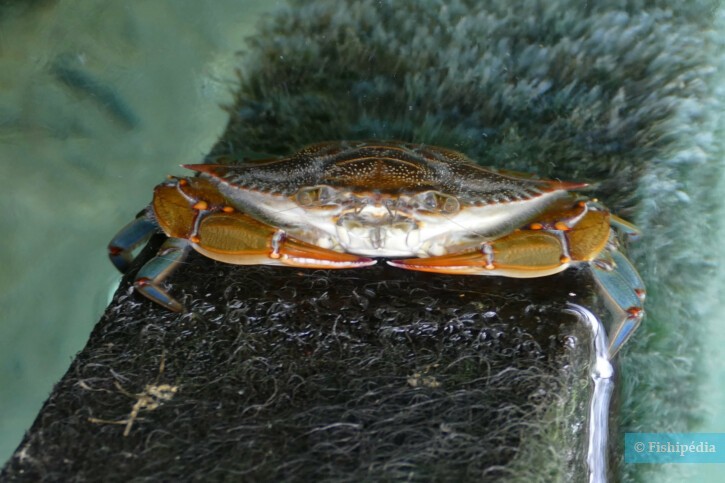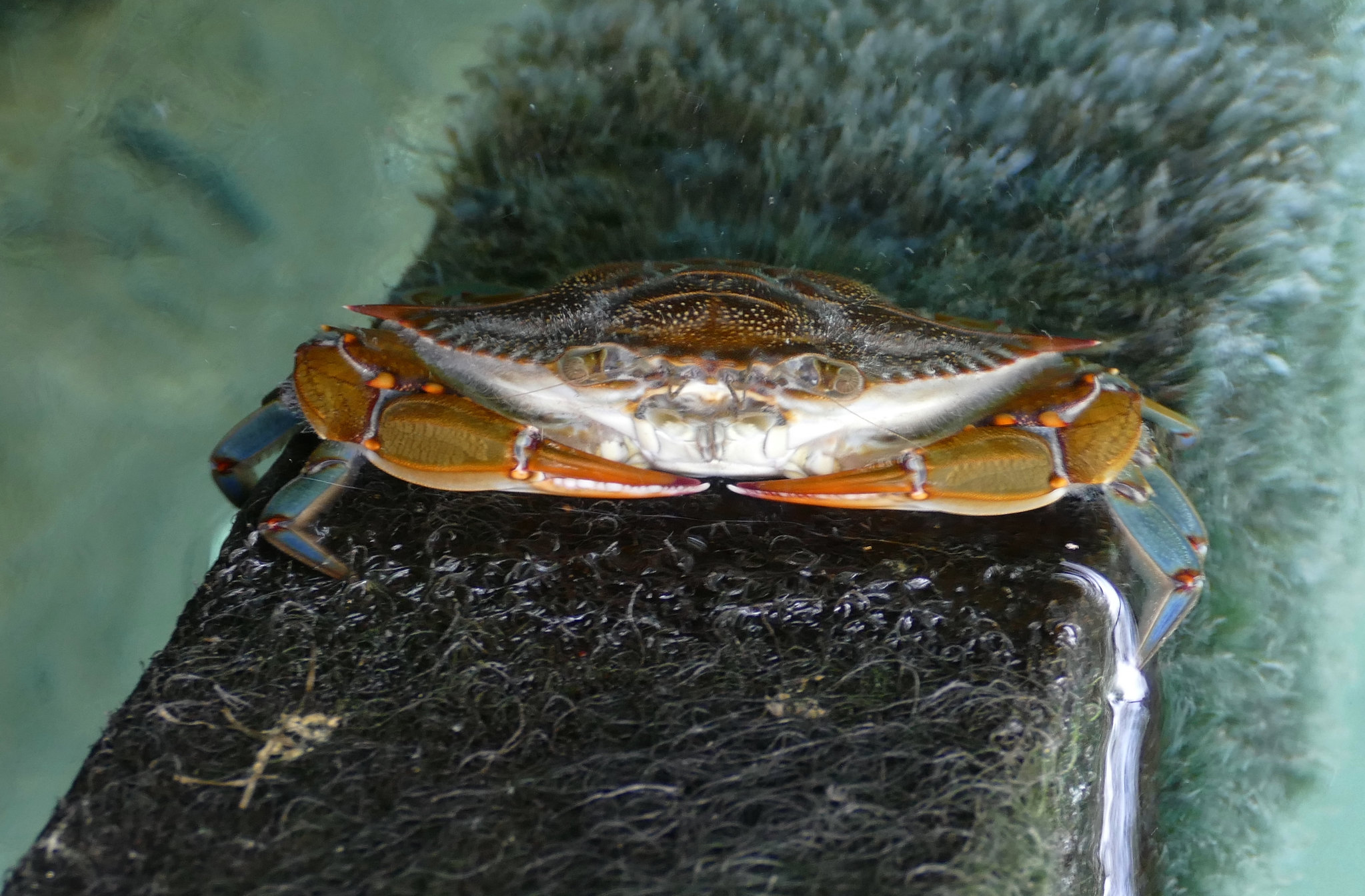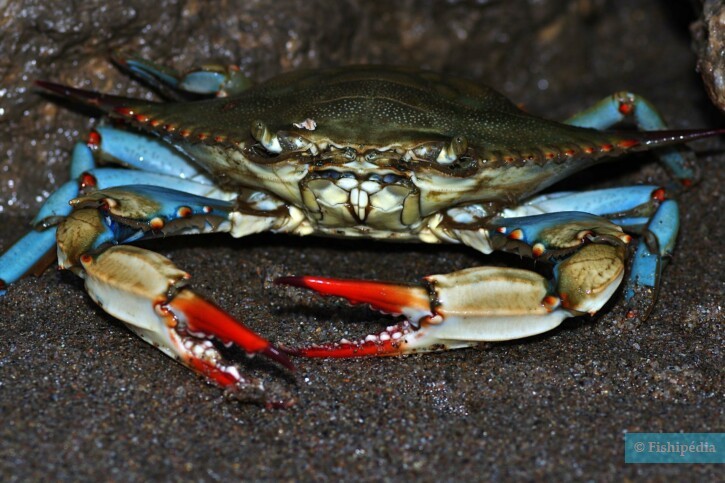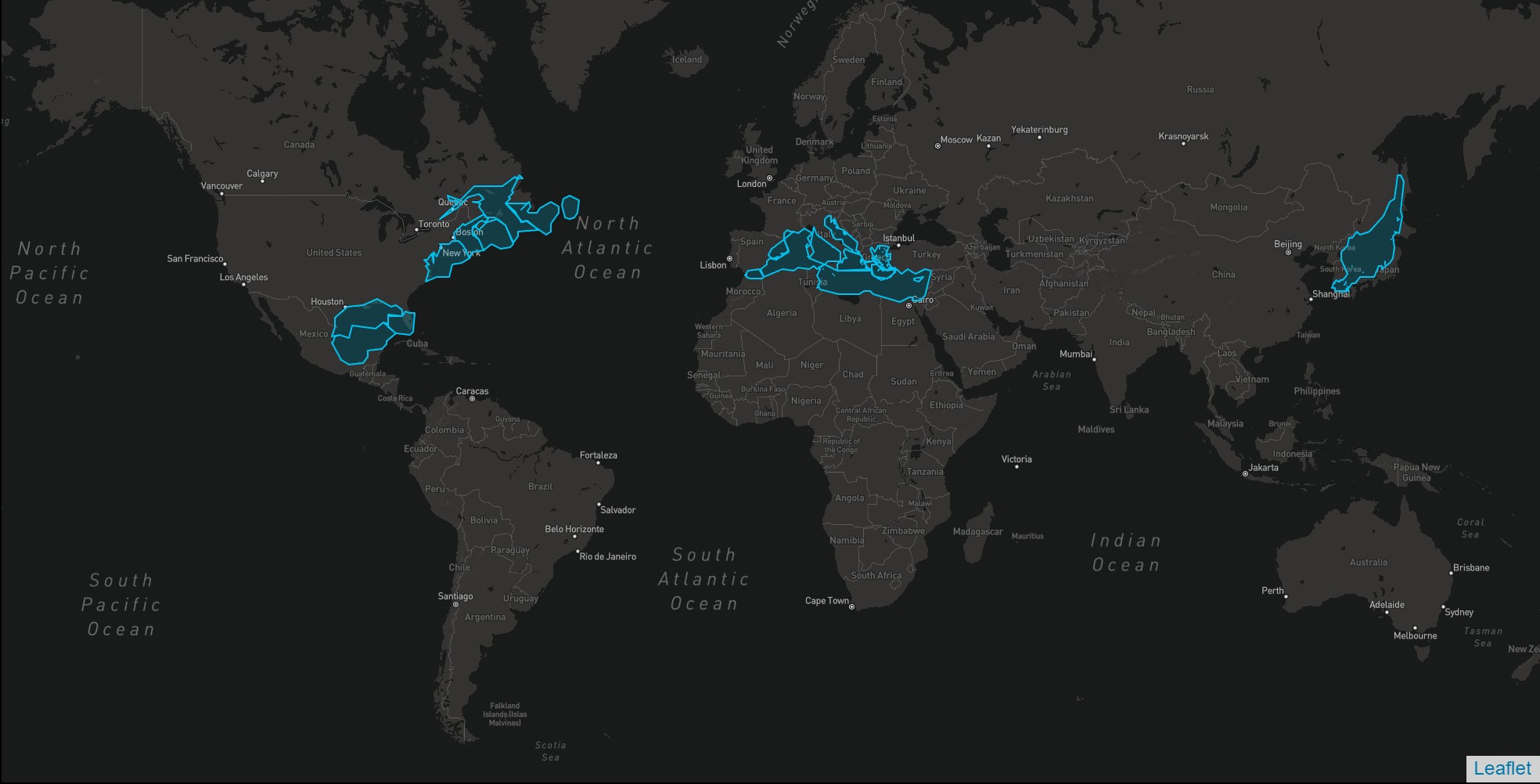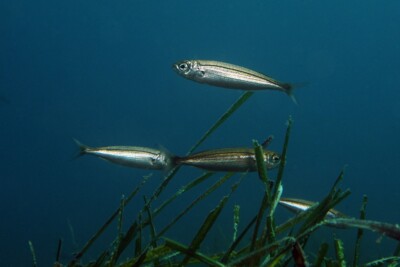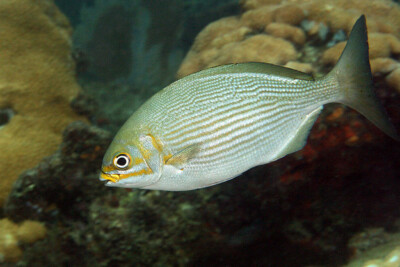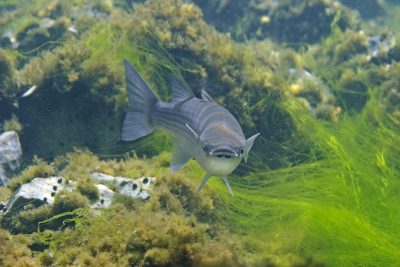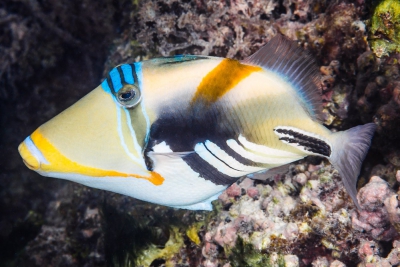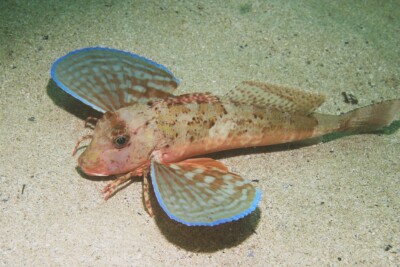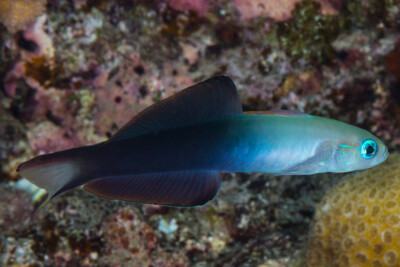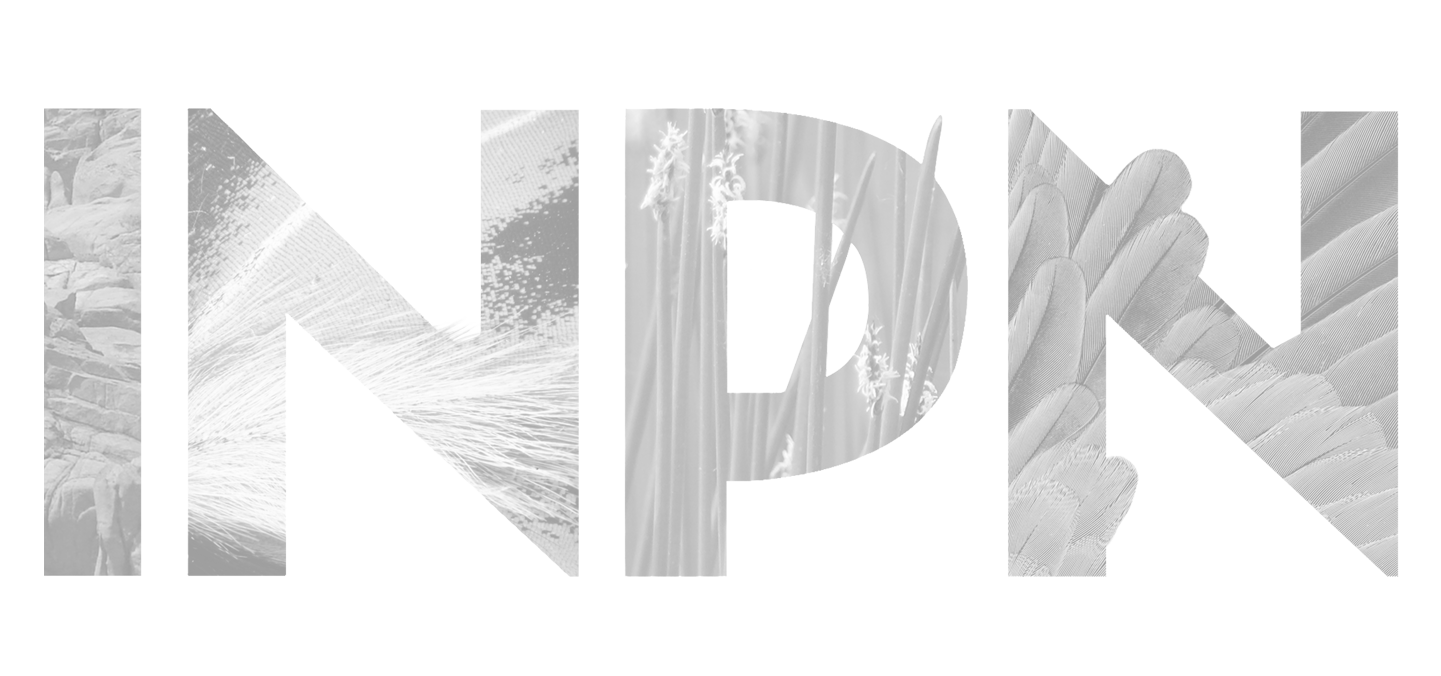Introduction
Callinectes sapidus is a brackish water and salt water crustacea.
This sheet is currently being prepared. The texts currently proposed come from our data model or are being drafted. To request priority for this content, you can write to us HERE.
Who is it?
Morphology
-
Average size20 cm
-
Maximum size23 cm
-
Longevity3 year
-
Mimicrymud
-
Average size20 cm
-
Maximum size23 cm
-
Longevity3 year
-
Mimicrymud
How to recognize this crustacea ?
Callinectes sapidus measures between 20 and 23 cm. this crustacea is bicolore with a predominantly bleu and marron body.
Behaviour & Life cycle
-
Sociabilityliving in a group or alone
-
territorialYes
-
VenomousNo
-
Way of livingdiurnal
Like all crustaceans, Callinectes sapidus molts whenever it becomes cramped in its shell. Before the hardening of its new body, it is more vulnerable and spends a good part of its time hidden. This mechanism, very complex, allows the periodic renewal of the exoskeleton and part of the internal skeleton. It is also during the moult that the females become fertile.
Callinectes sapidus is a crustacea living in a group or alone naturally found on the bottom. This species is omnivorous .
Callinectes sapidus is a territorial animal that does not tolerate any incursions into its living area. It is particularly virulent against other territorial species and it can provoke heated fights.
Callinectes sapidus has a tendency to dig the ground and bury itself in caves to take refuge.
Reproduction
-
Reproductionovipare
Callinectes sapidus is a crustacea ovipare.
Harmless species
This species does not represent any particular threats to humans when encountered in its natural environment.
Origin and distribution
Conservation status of populations (IUCN)
What is its habitat?
Natural environment characteristics
-
Temperature6 - 30 °C
-
Depth0 - 90 m
Biotope presentation
Callinectes sapidus is most often found at a depth between 0m and 90m. However, it is not impossible to find this species at other depths.
Species of the same biotope
To go further
Sources & Contributions
Participation & Validation
The Fishipedia team and specialist contributors are committed to providing high-quality content. However, although the information comes from scientific sources or testimonials from specialists, the cards may contain inaccuracies.

Benoit Chartrer
Translation
Translation done with the valuable contribution of our translators, who make this information available to a wider audience. We sincerely thank them for their commitment.
Bibliographic references
- - GBIF
- - A global occurrence database of the Atlantic blue crab Callinectes sapidus - Giorgio Mancinelli - Roberta Bardelli - ArgyroZeneto - SCIENTIFIC DATA - 2021.
- - Euryhaline Aliens Invading Italian Inland Waters: The Case of the Atlantic Blue Crab Callinectes sapidus Rathbun, 1896 - Massimiliano Scalici - Stefania Chiesa - Giorgio Mancinelli - Pietro Maria Rontani - Andrea Voccia - Francesco Nonnis Marzano - applied sciences - 2022.
- - On the occurrence of three exotic decapods, Callinectes sapidus (Portunidae), Portunus segnis (Portunidae), and Trachysalambria palaestinensis (Penaeidae), in northern Tunisia, with updates on the distribution of the two invasive portunids in the Mediterr - Moez Shaiek - Radhouan El Zrelli - Fabio Crocetta - Lamjed Mansour - Lotfi Rabaoui - BioInvasions Records - 2021.
- - Saved by the shell: Oyster reefs can shield juvenile blue crabs Callinectes sapidus - Katherine S. Longmire - Rochelle D. Seitz - Alison Smith - Romuald N. Lipcius - MARINE ECOLOGY - 2021.
Scientific partners
Tags
Species of the same biotope
